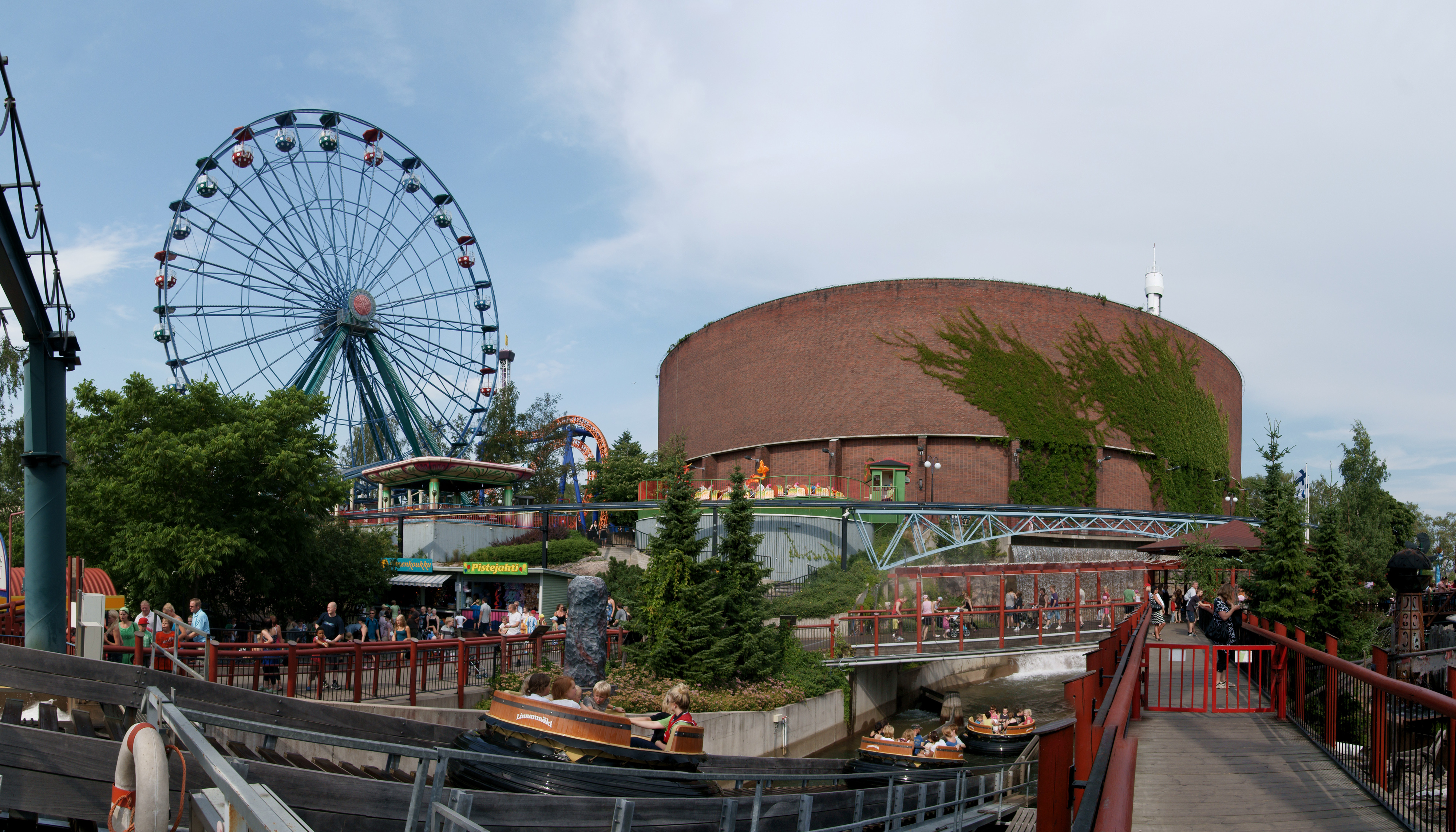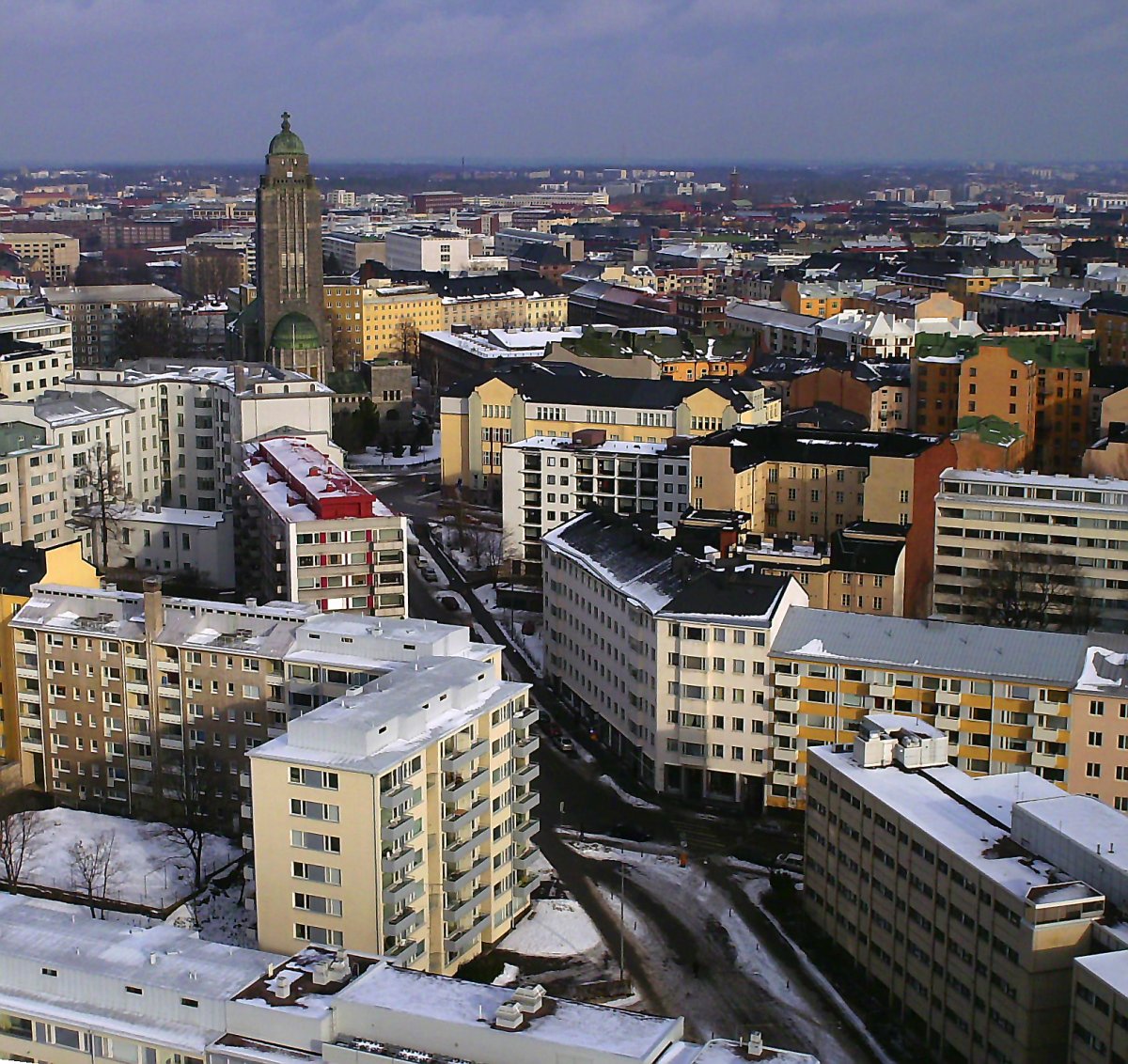|
Alppila
Alppila ( sv, Alphyddan) is a quarter of Helsinki, Finland. It is located north of the city centre, between the districts of Kallio and Pasila, and together with Harju it forms the district of Alppiharju. Alppila has a population of 4,244 (as of 2005) and an area of 0.60 km². The Linnanmäki amusement park and the Kulttuuritalo Kulttuuritalo ( fi, Kulttuuritalo, sv, Kulturhuset) is a building in Alppila, Helsinki, Finland. The building was designed by Alvar Aalto, and is considered to be one of his main works. The building The building combines a concert hall, a ... (House of Culture) are located in Alppila. External links Alppila website maintained by local organizations Quarters of Helsinki {{SouthernFinland-geo-stub ... [...More Info...] [...Related Items...] OR: [Wikipedia] [Google] [Baidu] |
Alppiharju
Alppiharju ( sv, Åshöjden) is a district of approximately 12,000 inhabitants in the eastern part of the Central major district of Helsinki, Finland. It consists of sub-districts Alppila and Harju, and is bordered by Kallio in the south, Taka-Töölö in the west, Pasila in the north-west and north, and Vallila in the north-east and east. Statistics When comparing the districts of Helsinki, Alppiharju has on average the smallest apartments (average of 38 m2, or 409 square feet), the highest population density (approximately 13,200 inhabitants per km2, or 34,150 per square mile) and smallest households (on average 1.36 persons per household). Because of small-sized apartments, there are few families with children in Alppiharju (4% of the inhabitants of the district are under 16). At the end of the year 2012, there were 3,140 people employed in various workplaces within the Alppiharju district. Buildings and attractions The residential buildings of Alppiharju have mainly been ... [...More Info...] [...Related Items...] OR: [Wikipedia] [Google] [Baidu] |
Linnanmäki Panorama
Linnanmäki ( sv, Borgbacken, colloquially ''Lintsi'', ) is an amusement park in Helsinki, Finland. It was opened on 27 May 1950 and is owned by the non-profit Children's Day Foundation (, ), which operates the park in order to raise funds for Finnish child welfare work. In 2019, the foundation donated , and so far has donated a total of over to this cause. Linnanmäki is the oldest and most popular amusement park in Finland.Linnanmäen huvipuisto on Suomen suosituin matkailukohde - Sightseeinghelsinki.com (in Finnish) It has many of different types and sizes, and of the all [...More Info...] [...Related Items...] OR: [Wikipedia] [Google] [Baidu] |
Linnanmäki
Linnanmäki ( sv, Borgbacken, colloquially ''Lintsi'', ) is an amusement park in Helsinki, Finland. It was opened on 27 May 1950 and is owned by the non-profit Children's Day Foundation (, ), which operates the park in order to raise funds for Finnish child welfare work. In 2019, the foundation donated , and so far has donated a total of over to this cause. Linnanmäki is the oldest and most popular amusement park in Finland.Linnanmäen huvipuisto on Suomen suosituin matkailukohde - Sightseeinghelsinki.com (in Finnish) It has many amusement ride, rides of different types and sizes, and of the all Nordic countries, Nordic amusement parks, Linnanmäki has the most rides in relation to the number of visitors. It also has other attractio ... [...More Info...] [...Related Items...] OR: [Wikipedia] [Google] [Baidu] |
Kulttuuritalo
Kulttuuritalo ( fi, Kulttuuritalo, sv, Kulturhuset) is a building in Alppila, Helsinki, Finland. The building was designed by Alvar Aalto, and is considered to be one of his main works. The building The building combines a concert hall, an office building and a lecture-theatre block connecting the two. Uniting the whole, along the street frontage, is a canopy. History Kulttuuritalo was originally built for Finnish Communist cultural organizations. Aalto designed the building ''pro bono'' and was given complete artistic freedom; the construction work was done largely by volunteers. Work began in 1955, and the building was opened in 1958. The building was owned by the Communist Party by a nonprofit foundation until the 1990, when the bankruptcy of the Finnish Communist Party forced its sale. Today its owned by the government owned Senate Properties. The building is protected by a decision made by the Finnish Council of State in 1989. Famous artists who have played at th ... [...More Info...] [...Related Items...] OR: [Wikipedia] [Google] [Baidu] |
Subdivisions Of Helsinki
The city of Helsinki, the capital of Finland, can be divided into various sorts of subdivisions. Helsinki is divided into three major areas: Helsinki Downtown ( fi, Helsingin kantakaupunki, sv, Helsingfors innerstad), North Helsinki ( fi, Pohjois-Helsinki, sv, Norra Helsingfors) and East Helsinki ( fi, Itä-Helsinki, sv, Östra Helsingfors). The subdivisions include neighbourhoods, districts, major districts and postal code areas. The plethora of different official ways to divide the city is a source of some confusion to the inhabitants, as different kinds of subdivisions often share similar or identical names. Neighbourhoods Helsinki consists of 60 neighbourhoods (''kaupunginosa'' in Finnish; ''stadsdel'' in Swedish). The division into neighbourhoods is the official division created by the city council and used for city planning and other similar purposes. Most of the neighbourhoods have existed since the 19th century as numbered parts of the city, and official names were ... [...More Info...] [...Related Items...] OR: [Wikipedia] [Google] [Baidu] |
Pasila
Pasila (; sv, Böle, ) is a part of Helsinki, Finland, that is both a central-northern neighbourhood and district, bordering the areas of Alppila to the south, the Central Park ( Keskuspuisto) to the west, and Vallila to the east. Pasila is a major transportation hub. At its heart is the Pasila railway station, the second busiest station in Finland. The station serves about 130,000 people per day via 900 trains, 400 trams and 850 buses. Central Pasila The eastern and western parts of Pasila were formerly separated by a large railroad classification yard before the development of Central Pasila ( fi, Keski-Pasila), beginning in 2014. Central Pasila is currently home to the major sports and music venue Helsinki Halli and the Tripla complex, which includes a hotel of about 430 rooms, 50,000 square metres of office space (including the headquarters of telecom operator Telia Finland), about 400 residential flats and the largest commercial center in the Nordic countries with 25 ... [...More Info...] [...Related Items...] OR: [Wikipedia] [Google] [Baidu] |
Harju, Helsinki
Harju ( sv, Ås) is a quarter of Helsinki, Finland. It is located northeast from the city centre, part of Alppiharju neighbourhood, between the quarters of Alppila, Torkkelinmäki, Linjat and neighbourhoods Sörnäinen and Vallila. Harju has a population of 7,237 (as of 1 January 2005) and an area of 0.27 km². Harju has the highest population density per km² in Finland, along with the neighboring Torkkelinmäki Torkkelinmäki (Finnish), Torkelsbacken (Swedish) is a central neighborhood of Kallio, Helsinki, Finland. Its boundaries are Hämeentie on the east, Helsinginkatu on the north, Kaarlenkatu on the west and Viides linja on the south. Like els ... quarter. Apartments in Harju are usually very small, single-person flats. Harju also contains dozens of pubs, fast-food restaurants and Thai massage parlors, despite its very small size by area. References External links Quarters of Helsinki {{SouthernFinland-geo-stub ... [...More Info...] [...Related Items...] OR: [Wikipedia] [Google] [Baidu] |
Helsinki
Helsinki ( or ; ; sv, Helsingfors, ) is the Capital city, capital, primate city, primate, and List of cities and towns in Finland, most populous city of Finland. Located on the shore of the Gulf of Finland, it is the seat of the region of Uusimaa in southern Finland, and has a population of . The Helsinki urban area, city's urban area has a population of , making it by far the List of urban areas in Finland by population, most populous urban area in Finland as well as the country's most important center for politics, education, finance, culture, and research; while Tampere in the Pirkanmaa region, located to the north from Helsinki, is the second largest urban area in Finland. Helsinki is located north of Tallinn, Estonia, east of Stockholm, Sweden, and west of Saint Petersburg, Russia. It has History of Helsinki, close historical ties with these three cities. Together with the cities of Espoo, Vantaa, and Kauniainen (and surrounding commuter towns, including the eastern ... [...More Info...] [...Related Items...] OR: [Wikipedia] [Google] [Baidu] |
Finland
Finland ( fi, Suomi ; sv, Finland ), officially the Republic of Finland (; ), is a Nordic country in Northern Europe. It shares land borders with Sweden to the northwest, Norway to the north, and Russia to the east, with the Gulf of Bothnia to the west and the Gulf of Finland across Estonia to the south. Finland covers an area of with a population of 5.6 million. Helsinki is the capital and largest city, forming a larger metropolitan area with the neighbouring cities of Espoo, Kauniainen, and Vantaa. The vast majority of the population are ethnic Finns. Finnish, alongside Swedish, are the official languages. Swedish is the native language of 5.2% of the population. Finland's climate varies from humid continental in the south to the boreal in the north. The land cover is primarily a boreal forest biome, with more than 180,000 recorded lakes. Finland was first inhabited around 9000 BC after the Last Glacial Period. The Stone Age introduced several differ ... [...More Info...] [...Related Items...] OR: [Wikipedia] [Google] [Baidu] |
Kallio
Kallio (; sv, Berghäll; literally " the rock") is a district and a neighbourhood in Helsinki, the capital of Finland, located on the eastern side of the Helsinki peninsula about one kilometre north from the city centre. It is one of the most densely populated areas in Finland. Kallio is separated from the city centre by the Siltasaarensalmi strait, over which is a bridge called Pitkäsilta ("long bridge"). Traditionally, the bridge symbolizes the divide between the affluent centre and the more working class areas around Kallio. After the forming of the new centre in the 19th century, the city expanded northward. The intense industrialization which began in the 1860s in Helsinki saw the construction of the industrial areas around Sörnäinen harbour and to the workers' district of Kallio, with the area becoming inhabited mostly by factory workers. However, most of the working-class families have long ago been replaced as the most typical Kallio residents by young adults and ... [...More Info...] [...Related Items...] OR: [Wikipedia] [Google] [Baidu] |


